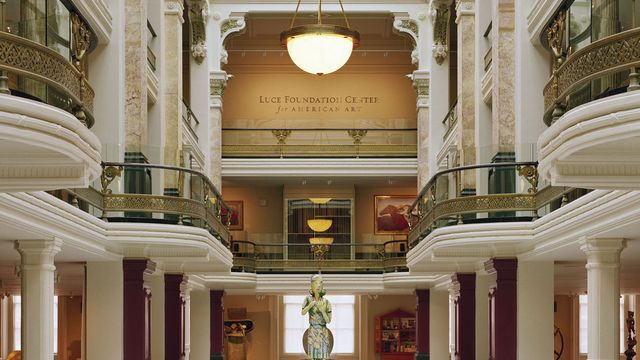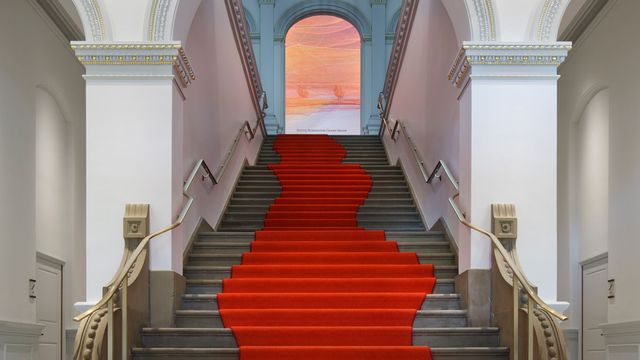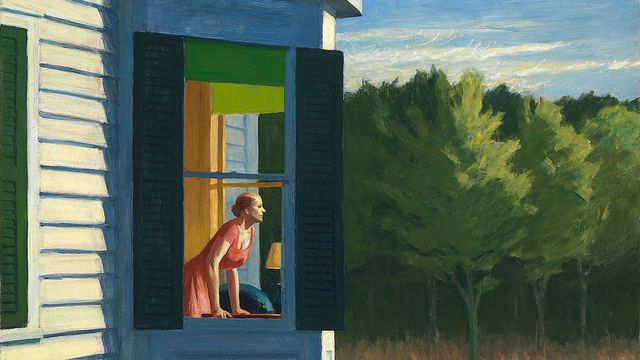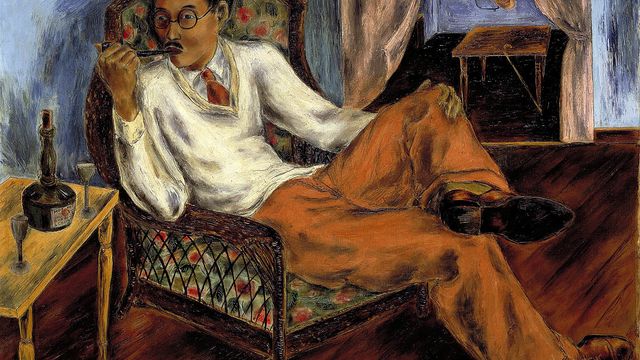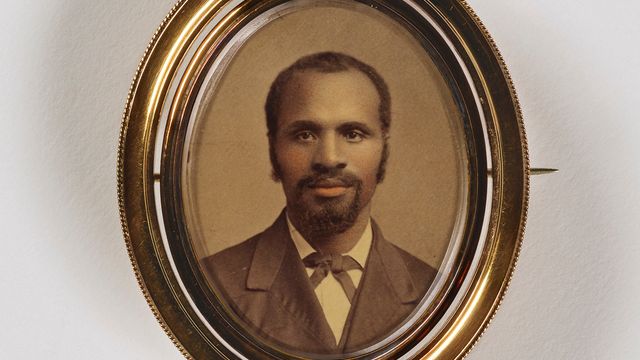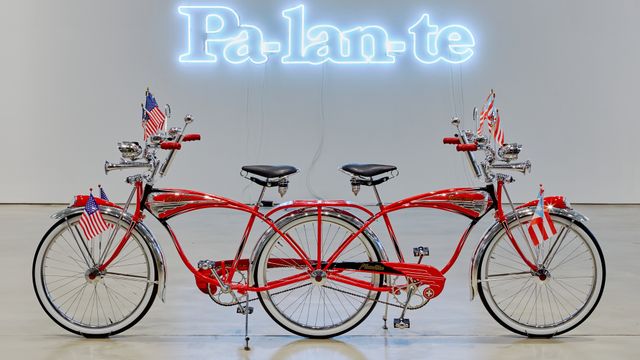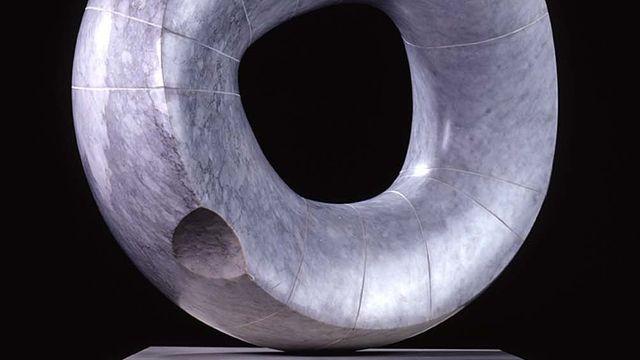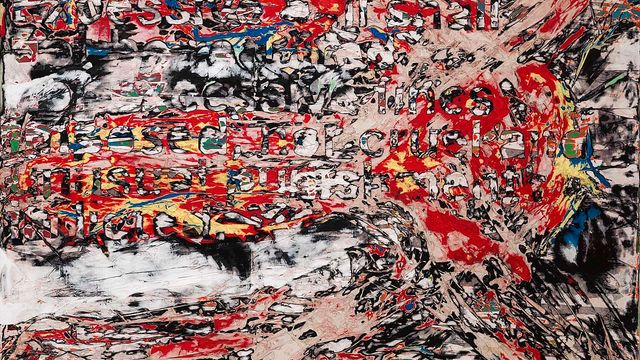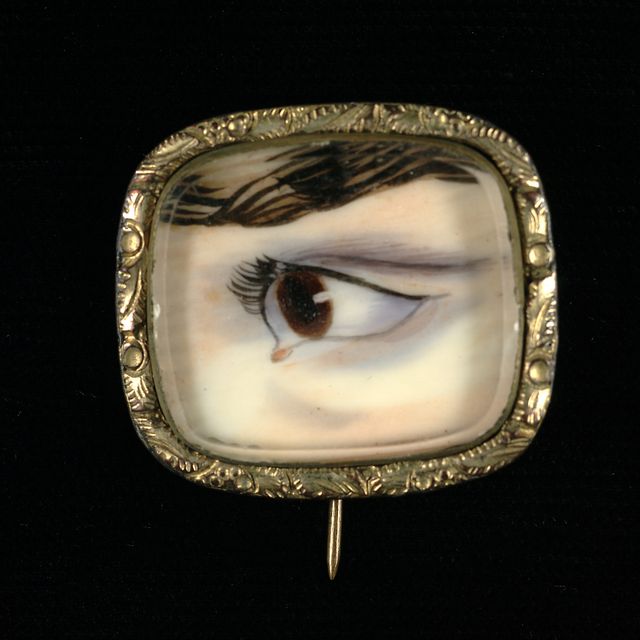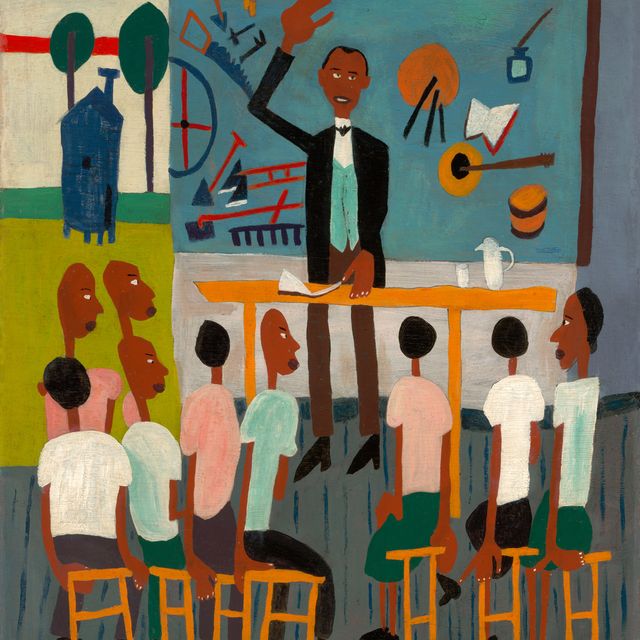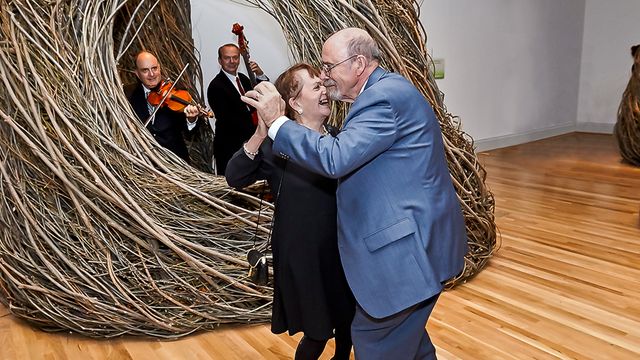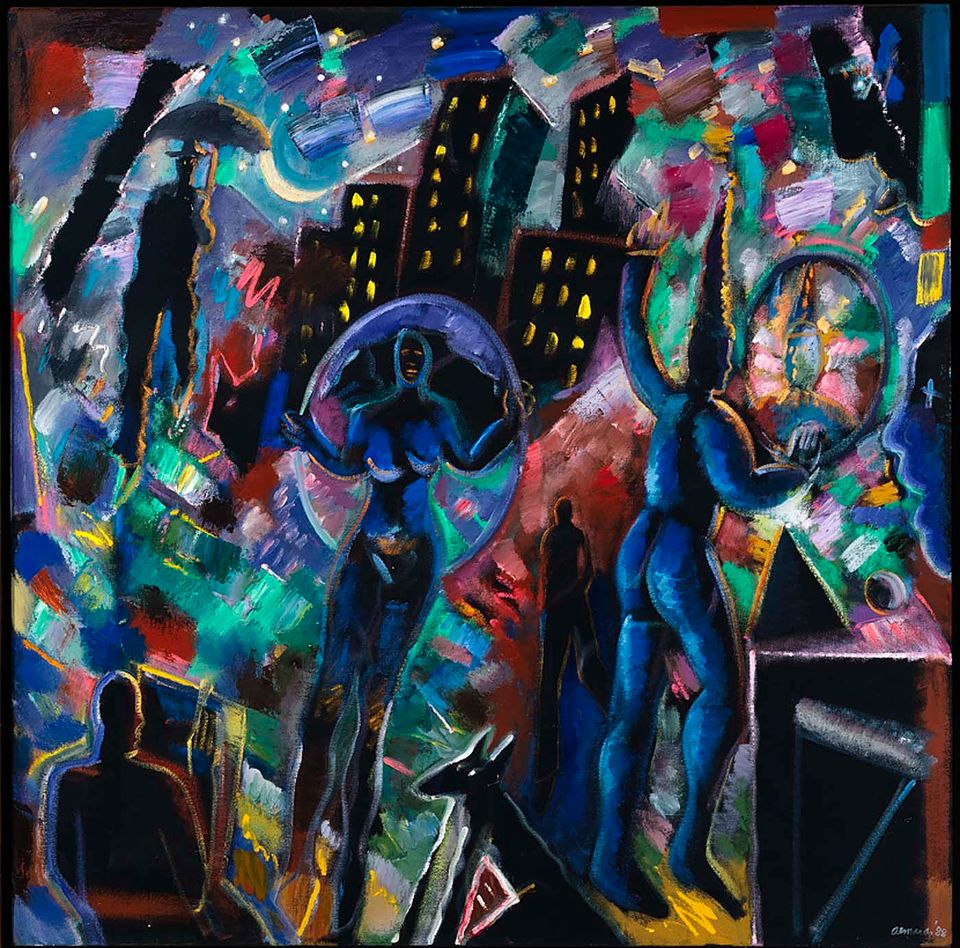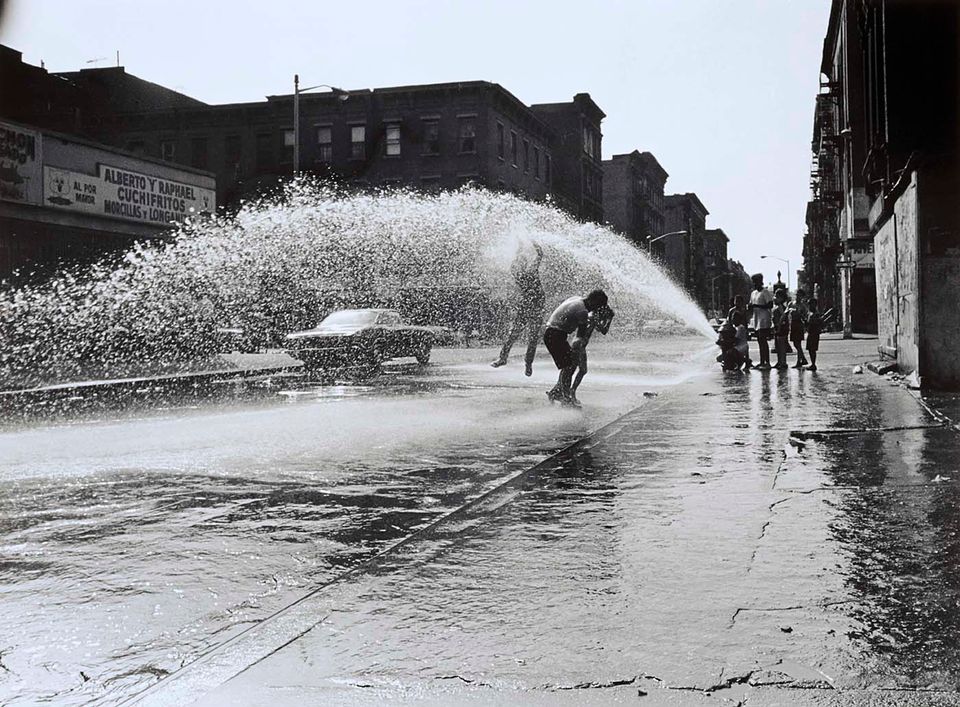Artist
Manuel Acevedo
born Newark, NJ 1964
- Born
- Newark, New Jersey, United States
- Active in
- New York, New York, United States
Works by this artist (22 items)
Videos
Video Player is loading.
Manuel Acevedo reimagines the streets of his hometown of Newark, New Jersey, a city shaped by periods of unrest and urban renewal initiatives that tore down existing housing to erect massive housing projects.
Exhibitions
October 25, 2013–March 2, 2014
Our America: The Latino Presence in American Art presents the rich and varied contributions of Latino artists in the United States since the mid-twentieth century, when the concept of a collective Latino identity began to emerge.
May 11, 2017–August 5, 2017
America’s urban streets have long inspired documentary photographers. After World War II, populations shifted from the city to the suburbs and newly built highways cut through thriving neighborhoods, leaving isolated pockets within major urban centers.

